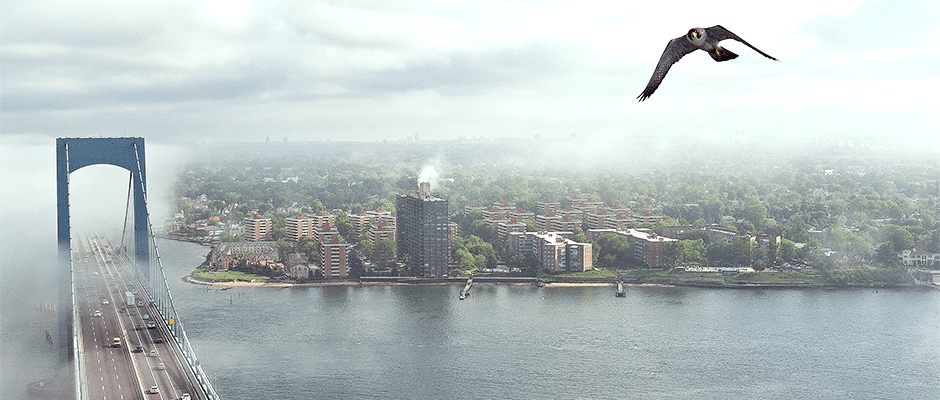Share this article
Could human population trends benefit wildlife?
With humans having so many impacts on the natural world, conservation trends tend toward gloom and doom, but a team of researchers looking at human demographics has found reason for hope.
As more and more humans migrate to cities, they found, thoughtful urbanization can lead to lower populations and could benefit wildlife in the long run.
“When people live in cities, they often choose to have fewer children,” said Eric Sanderson, lead author of the paper published in Bioscience and a senior conservation ecologist at the Wildlife Conservation Society. “The point of the paper is to get our biodiversity colleagues thinking about this. What does the demographic transition mean for us?”
By 2100, the population could rise to 12 billion, researchers found. But through well-managed urbanization, sustainability and assistance from developed countries to less developed ones, numbers by century’s end could drop below today’s population of 7.6 billion people, they concluded.
“There is a large difference between socioeconomic scenarios,” Sanderson said. “And therefore conservationists should be thinking about what does immigration, urbanization, and development policy mean for us?”
The take home message, Sanderson said, is that while conservationists must continue to address immediate threats such as habitat destruction and poaching, they also need to be thinking more constructively about urbanization. Creating sustainable cities, Sanderson said, can help wildlife succeed in the future.
In the paper, Sanderson and colleagues have a few suggestions. First, he said, it’s important to continue to protect ecosystems and species through what they call “the bottleneck.” “We’re not saying the threats have gone away,” he said. “But the fundamental drivers of those threats are changing over time and changing in a quasi-predictable way.”
They also suggest making cities healthy and attractive places to live, which includes conserving nature in cities and helping urban people see the benefits of nature. Adding environmental costs into the prices of goods and services is also important, he said, since as people urbanize, they satisfy more of their consumption from the marketplace rather than their own subsistence.
And finally, Sanderson said conservationists should take advantage of the good ideas that come out of cities.
“Cities bring people together and allow ideas to circulate rapidly, “he said. “One of the biggest effects of having people close together means we can work together.”
Header Image: A peregrine falcon flies over New York. Well-managed cities may offer a brighter future for wildlife conservation, a recent paper argues. ©Metropolitan Transport Authority/Patrick Cashin








